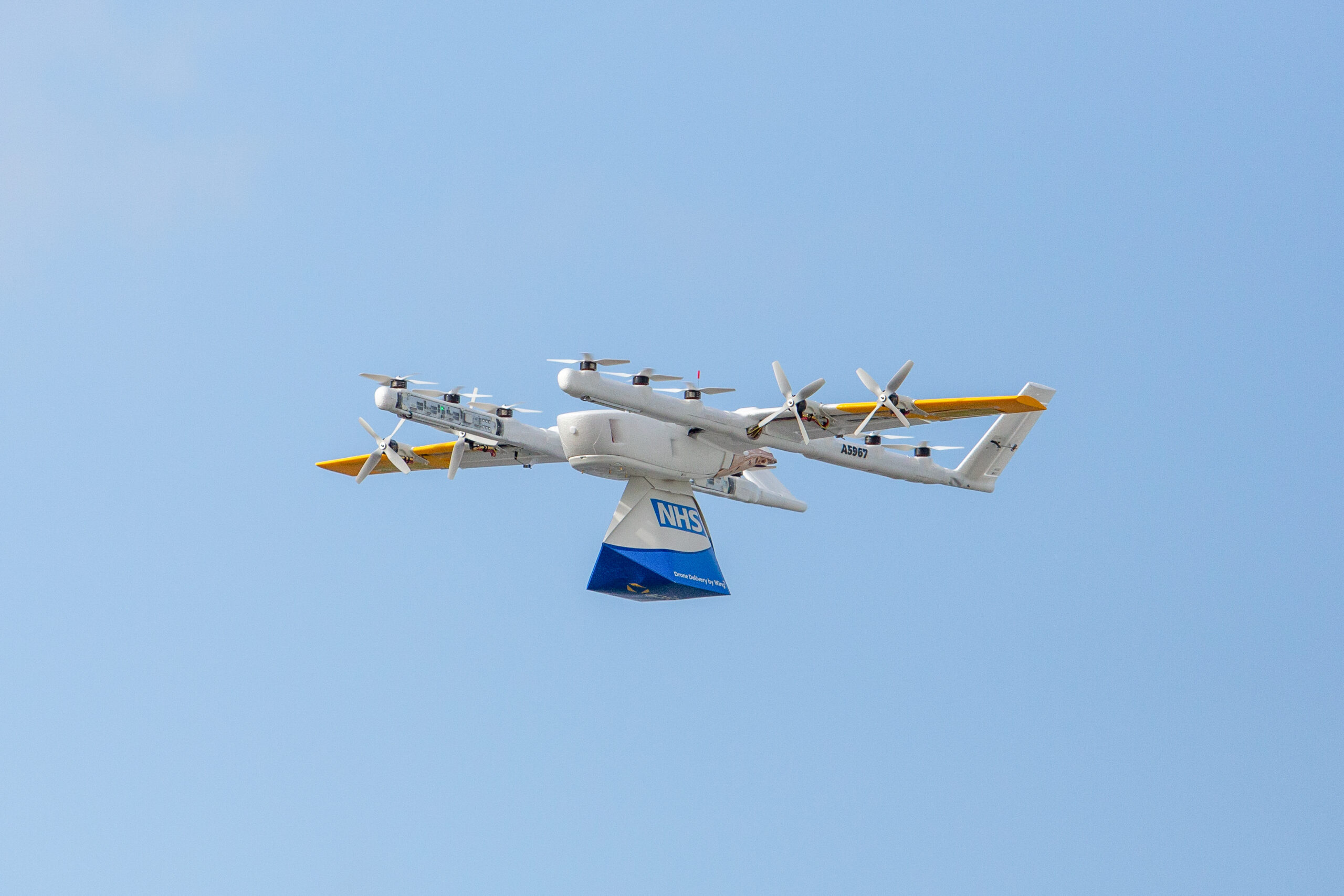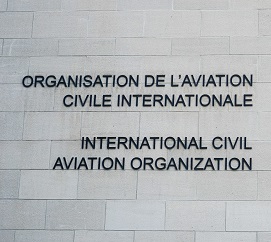Regional Cross-Border ATFM Virtually! Really?
“In computing, the term virtual refers to a digitally replicated version of something real, whether it’s a machine, a switch, memory or even reality. It is distinguished from the real by the fact that it lacks an absolute, physical form. However, functionally it is no less real.” Tech Target
ATFM in the Asia Pacific is approaching an inflection point.
At the Asia Pacific Cross-Border Multi-Nodal ATFM Collaboration (AMNAC) meeting held from 14 to 18 October, CANSO introduced the idea of the Next Generation ATFM for the region which the group agreed to further evolve. To understand where we can go next, we need to first understand where we came from.
The original concept of ATFM can be traced back to the ICAO European Air Navigation Conference in 1971 which established the term “flow control” to balance rising traffic demand with ATS capacity. Despite the idea of a European Flow Control Centre being surfaced in 1972, 12 European ATFM units were subsequently established at the national level. Cross-border coordination was limited as the approach was not whole-of-region. It soon became obvious that this arrangement was not good enough. No real change happened until air traffic delays became headline stories. This triggered the European Transport Ministers’ decision in 1988 that led to the formation of the Centralised Flow Management Unit.
The situation in the Asia Pacific today bears some similarities to Europe before 1988, albeit with more cross-border awareness. Asia Pacific States with large domestic traffic perform ATFM mainly within their national borders. Initial but limited cross-border ATFM can be seen in the Bay of Bengal Cooperative ATFM (BOBCAT) by AEROTHAI established in 2007 for flights through the Kabul FIR. Another significant cross-border work was started around 2012 and became the Asia Pacific Multi-nodal ATFM Collaboration (AMNAC). Starting with only AEROTHAI, CAAS, and Hong Kong CAD, the AMNAC community now involves 12 States and Administrators.
However, AMNAC is not yet a regional solution and has pain points that need to be addressed. AMNAC has three tiers of participation: level three participants can generate, deliver, and comply with ATFM solution, level two cannot generate solution but can comply, and level one is for observers.
For participants at level three, AMNAC is focused on local rather than regional optimisation. There is little visibility of the overall regional situation. There can potentially be multiple ATFM solutions that contradict one another. Many AMNAC participants could not progress beyond level two due to lack ATFM equipage. Significantly, the AMNAC arrangement is non-binding. As more players come onboard, there will be a prisoner’s dilemma situation and there is no assurance of compliance.
Today, there are technological possibilities and converging industry and research interests to address the above pain points. The region can aspire to first, full participation from all regional members, and then a more joined up regional ATFM network. Both quantitative enlargement and qualitative enhancement are now possible.
Full ATFM participation can be proliferated through managed services. ATFM capital equipment acquisition is not cost-effective vis-a-vis buying ATFM solution as a service. It is absurd for a dozen or so Asia Pacific ANSPS to each buy an ATFM system. Clearly, a better way to achieve level three participation for all is sharing. The cost of maintaining such a system can be divided over numerous users.
Virtual ATFM can also provide solutions that address multiple constraints across the region and not just locally. Significantly, this can be done without a brick-and-mortar establishment, avoiding any political sensitivities. There can be a virtual regional network that is a system that interconnects other systems. Getting to regional optimisation will be a multi-step process. It can start with reconciliation of contradictory local solutions virtually. For greater efficacy, surveillance data can help increase the accuracy of trajectory predictions. Quality ATFM comes from broadening optimisation.
Understandably, there will be concerns about the transition. ANSPs may fear that they will lose control or must disband their existing ATFM units. While the tool for ATFM calculations is virtual, there will be humans in the loop, and the roles of existing ATFM units will evolve. The ultimate control that participants have is that the arrangement is voluntary and it will only continue if it is mutually beneficial.
The biggest hurdle to such a future regional ATFM is trust. A framework or regional supervisory body is needed to establish the relevant ground rules for equity and ensure transparency. Cross border decision making is a dance involving complex organisational behaviour. Progress will depend on a mindset change leading to new policies. As suggested by CANSO at the AMNAC meeting, one way to build confidence in a new idea is to conduct a trial and stress-test it.
The time and tide for AMNAC 2.0 are near.




